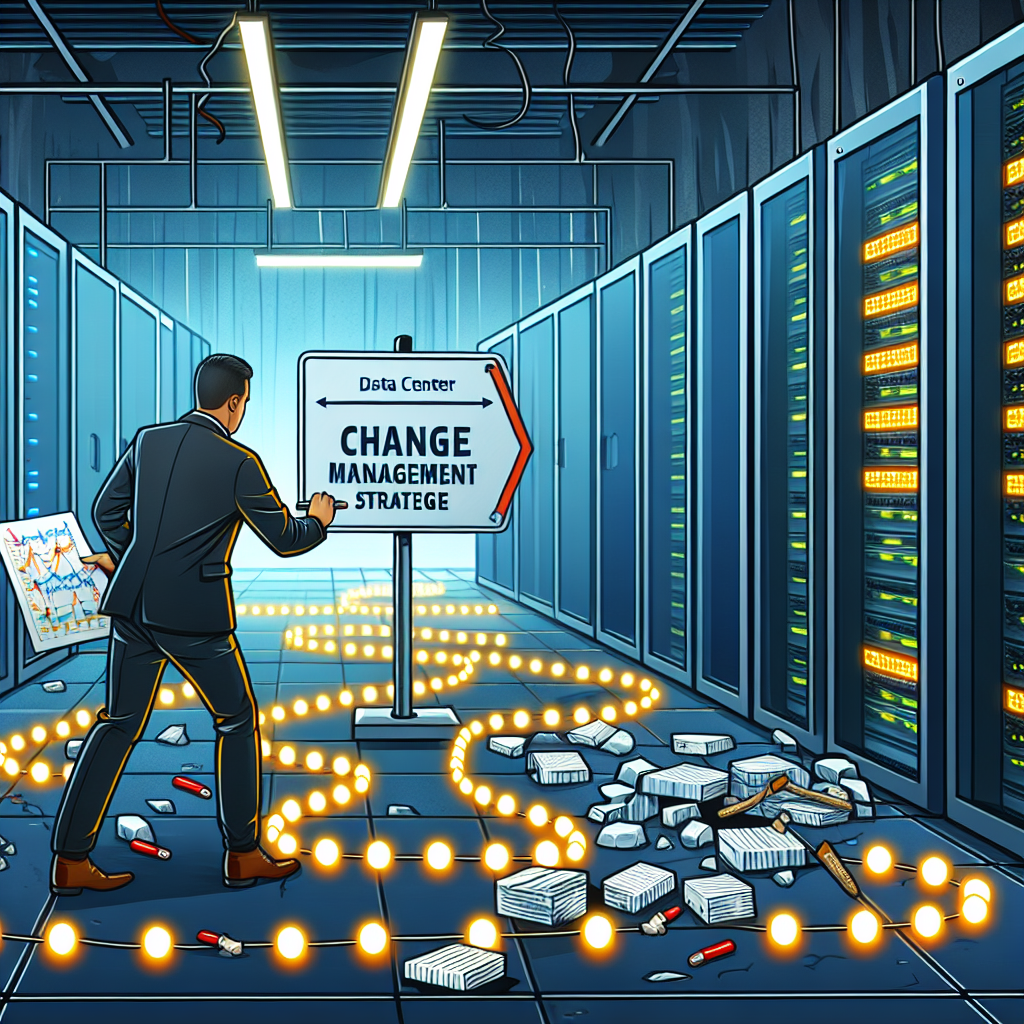Data center change management is a critical process that involves implementing changes to a data center’s infrastructure, hardware, software, or processes. Whether it’s upgrading equipment, deploying new technology, or making configuration changes, effective change management is essential for ensuring the smooth functioning of a data center and minimizing downtime.
However, managing data center changes can be a complex and challenging task, with many potential pitfalls that can cause disruptions and costly downtime. To help you navigate the process successfully, here are some tips for avoiding common pitfalls in data center change management:
1. Plan and Prepare: Before making any changes to your data center, it’s essential to thoroughly plan and prepare for the process. This includes identifying the changes that need to be made, assessing the potential impact on your infrastructure, and developing a detailed change management plan. By taking the time to plan and prepare, you can minimize the risk of disruptions and ensure a smooth transition.
2. Communicate Effectively: Communication is key when it comes to data center change management. Make sure to keep all stakeholders informed about the changes being made, including IT staff, management, and end-users. Provide regular updates on the progress of the change management process and be transparent about any potential risks or issues that may arise.
3. Test and Validate Changes: Before implementing any changes in the data center, it’s crucial to test and validate them in a controlled environment. This can help identify any potential issues or conflicts that may arise during the implementation process and allow you to address them before they cause disruptions in the production environment.
4. Implement Change Control Processes: Implementing change control processes can help ensure that all changes to the data center are properly documented, reviewed, and approved before being implemented. This can help prevent unauthorized changes and ensure that all changes are made in a controlled and systematic manner.
5. Monitor and Evaluate: Once changes have been implemented, it’s important to monitor and evaluate their impact on the data center’s performance. Keep an eye on key performance indicators, such as downtime, latency, and resource utilization, to identify any issues that may arise and address them promptly.
By following these tips for successful data center change management, you can minimize the risk of disruptions and downtime and ensure that your data center continues to operate smoothly and efficiently. Remember that effective change management is a continuous process that requires careful planning, communication, and testing to ensure successful outcomes.


Leave a Reply